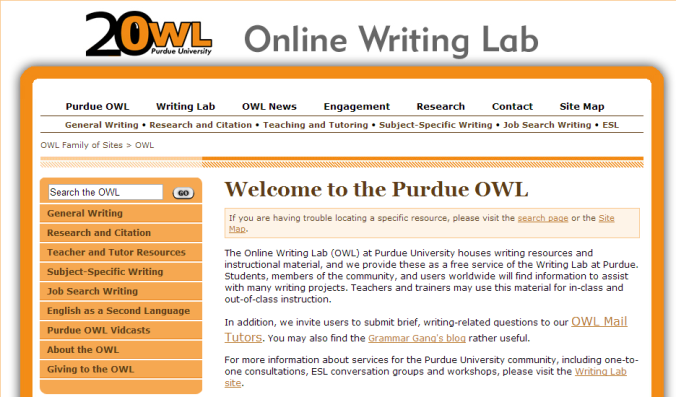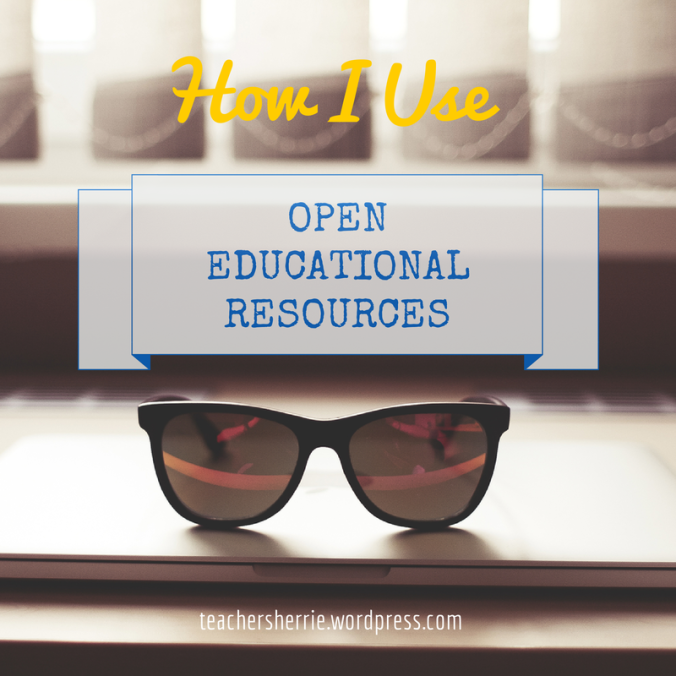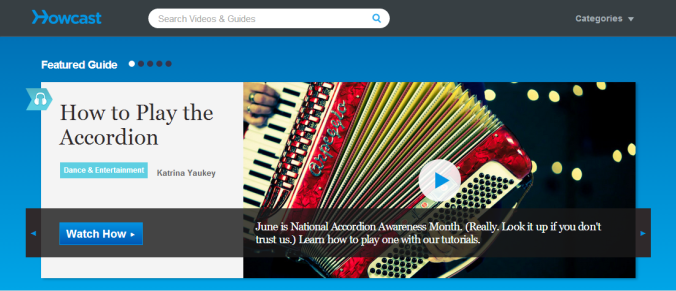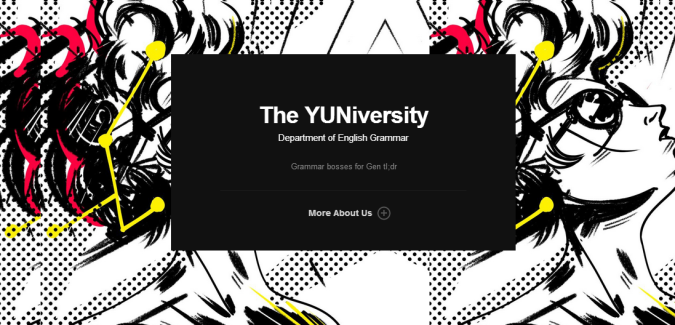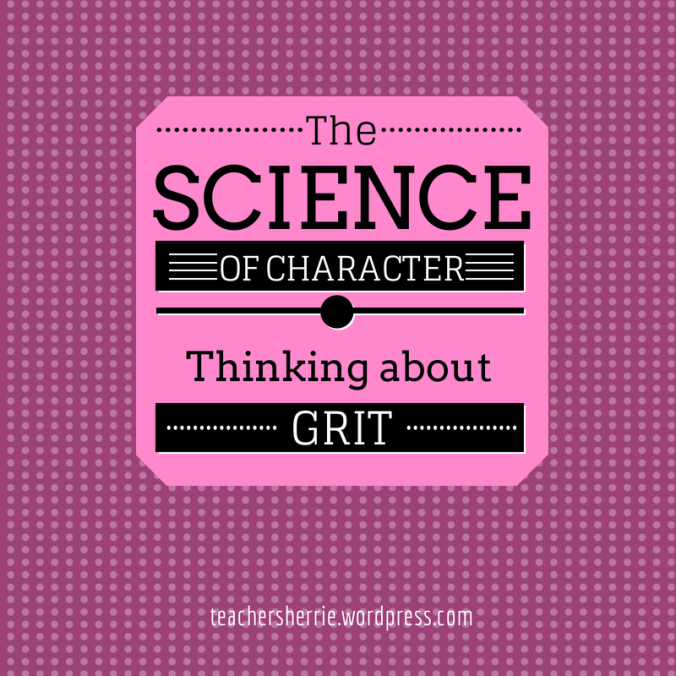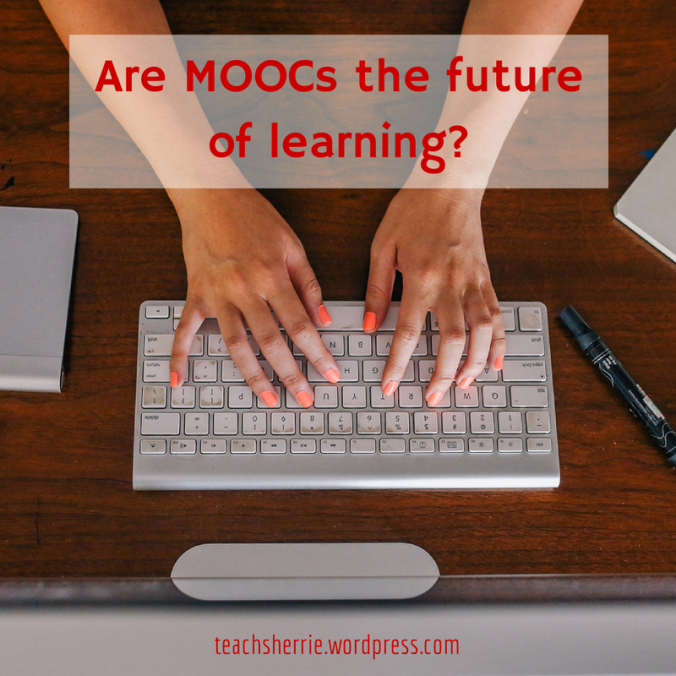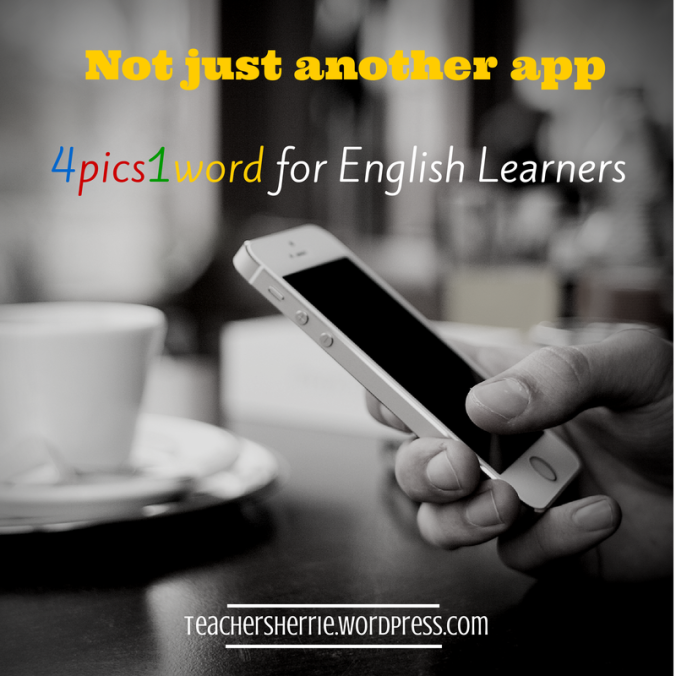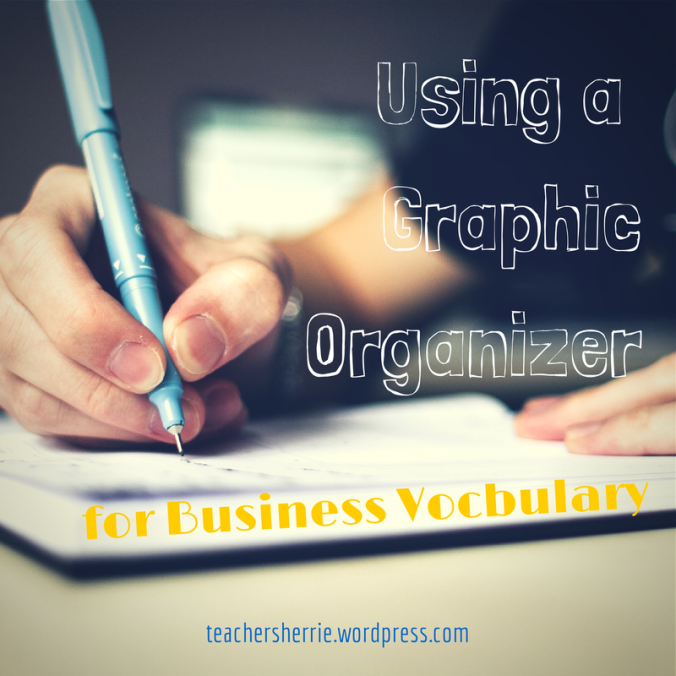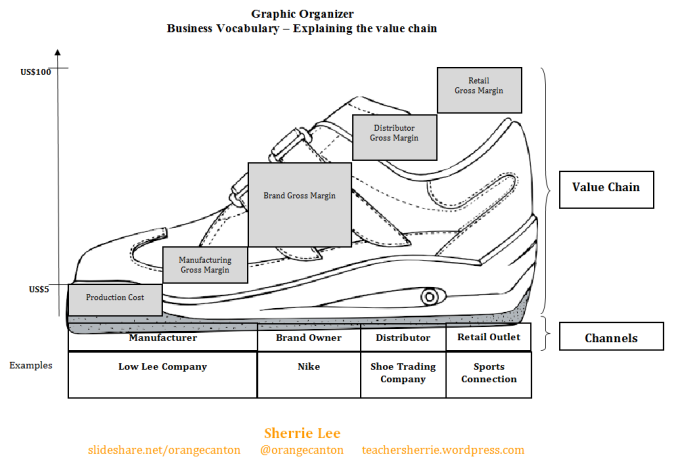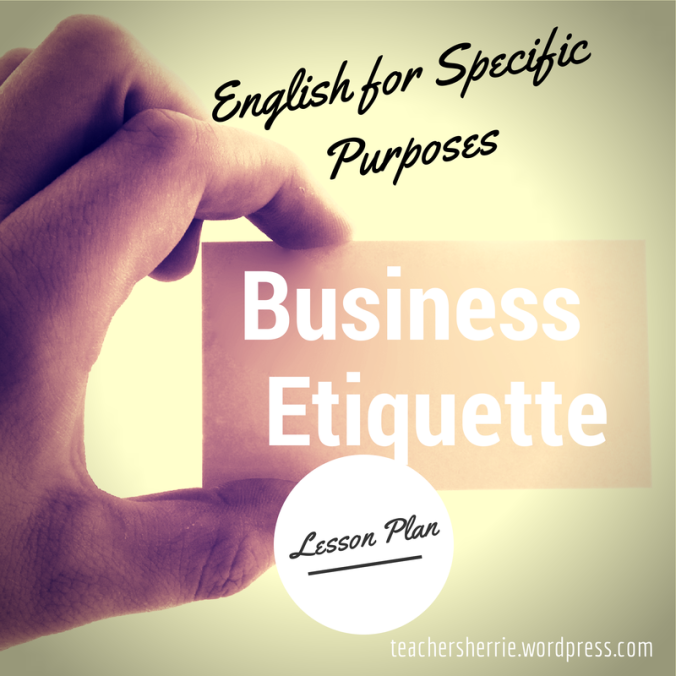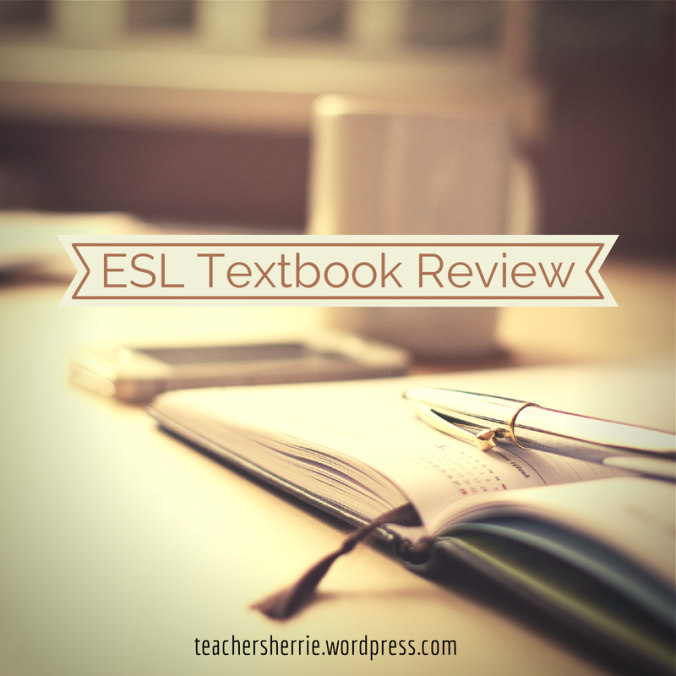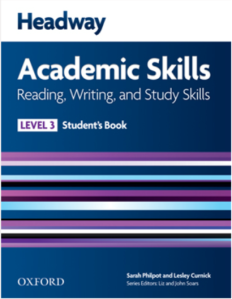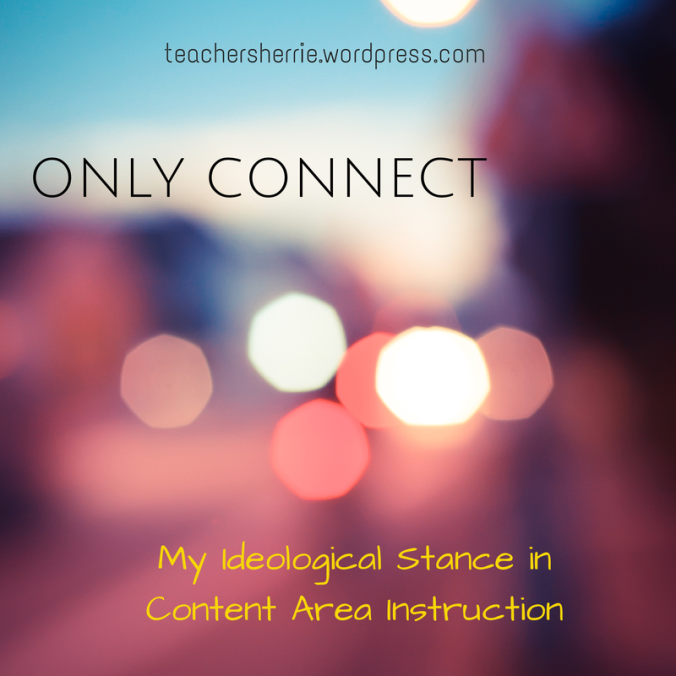
A short essay on the debate on who makes a better English teacher: a native or non-native speaker of English
Introduction
Advertisements for English teachers often stress native speakers (NSs) in their hiring requirements, thus denying those labeled as non-native speakers (NNSs) jobs even if they are qualified teachers (Reis, 2011, p. 140), as well as reinforcing discrimination against NNSs in their profession. As noted by Rubdy, the NS is privileged “not only in decisions concerning the norms for determining the most appropriate models for teaching the language, but also in recruiting teachers.” In fact, the dichotomy between NS and NNS is “often essentialised by non-native speakers themselves, thus actively contributing to the adoption of such beliefs and their own disenfranchisement” (Rubdy, 2009, 158 – 159). This paper examines the debate about whether the NS is superior to NNS, highlights the global context of the English language, and addresses the challenges for the non-native English-speaking teacher (NNEST). In addition, this paper argues that the NS/NNS dichotomy is flawed for three reasons: i) every language user is a speaker of his or her own unique language; ii) the use of English has expanded well beyond the countries where English originated from; and iii) the NS/NNS dichotomy does not reflect the sociolinguistic complexities of language learning. Instead of viewing NS and NNS as a dichotomy, a continuum should be used to reflect the varying types and degree of proficiency of any English speaker.
Who is the Ideal English Teacher?
The NS is assumed to be “inherently [a] better language teacher than [a] NNS” (Reis, 2011, p. 140) because the NS comes from a country (e.g. United States and United Kingdom) where English originated from and the accompanying culture dominates in. Apart from the notion that “speakerhood relates to birth within a particular country” (Holliday, 2008, p. 121), the acceptance of the NS as an English teacher is tied up with ethnicity and race. For example, an ethnic Chinese who was born in the United States would not necessarily be considered an ideal English teacher because he or she “doesn’t look right”, never mind that “the birth criterion for being a ‘native speaker’ is fulfilled” (Holliday, 2008, p. 121).
The arguments against the NS as the ideal teacher include distinguishing language proficiency from teaching ability, as well as citing the advantages of having NNS as teachers. For example, the TESOL association, in their position statement (2006), states that “[t]eaching skills, teaching experience, and professional preparation should be given as much weight as language proficiency. … All educators should be evaluated within the same criteria” (in Reis, 201, p. 140). In addition, Moussu & Llurda highlight various advantages of the NNEST. For example, the NNEST, who learned English as a second language (L2) can “empathize very well with their students’ learning difficulties” better than the native English-speaking teacher (NEST) who learned it as a first language (L1). Also NNESTs can be “greatly admired by their students because they are successful role models and often very motivated” (2008, p. 322).
Who is a Native Speaker anyway?
While the above arguments work with the NS and NNS labels, another set of arguments question the very label and identity of the NS, showing how inappropriate and false the dichotomy between the NS and NNS is. According to Moussu and Llurda (2008), “three arguments have been used to attack the legitimacy of the dichotomy:” i) everyone is a native speaker of his or her own unique language; ii) English has become an indigenized language in many countries outside the circle of BANA (British, Australasian, North American) countries; and iii) the NS/NNS dichotomy does not reflect the complexities of language learning in the local context. (p. 317).
The first argument that every language user is in fact a native speaker of a given language means that “speakers cannot be divided according to whether they have a given quality (i.e., native speakers) or they do not have it (i.e., non-native speakers), based on whether English is their first language or not” (Nayar, 1994, in Moussu & Llurda, 2008, p. 316). This dichotomy, Nayar argues, shows the “unfairness of Anglo-centrism, through which English is taken as the only language in the world that deserves attention.” While some view this dichotomy as linguistic elitism, others consider it linguistic imperialism. The exclusivity of the English language is further questioned in terms of the concept of the ownership of English.
Who Owns the English Language?
The central point of the second argument is that English has become an indigenized language in many of the countries where English is not the native tongue but is an official language (what Kachru categorized as the Outer Circle countries) and therefore “speakers of English in such countries cannot be dismissed as non-native speakers of English just because they do not speak a centre variety of the language” (Moussu & Llurda, 2008, p. 317). Furthermore, as English spreads to the Emerging Circle countries where it is used as a foreign language or lingua franca (or contact language), “learners may be producing forms characteristic of their own variety of English, which reflect the sociolinguistic reality of their English use … far better than either British or American norms are able to” (Jenkins, 2006, p. 168). In fact, the number of so-called non-native speakers “vastly outnumber” native speakers (p. 158) such that the idea of the BANA countries ‘owning’ English becomes untenable, thereby weakening the dichotomy between NS and NNS.
What do the Labels Really Mean?
The third argument against the NS/NNS dichotomy is that it lacks contextualization, “on the grounds that it disregards the interdependence between language teaching and the local context where it takes place” (Moussu & Llurda, 2008, p. 317). Evidence from case studies show how individuals who could not easily self-identify as either NS or NNS. In Menard-Warwick’s (2008) case studies , for example, two “intercultural teachers” show how the NS/NNS dichotomy fails to take into consideration their particular circumstances and context. One teacher, ‘Ruby’, is an adult ESL teacher in the United States who was born in Brazil to an American father and an English mother who were both bilingual in English and Portuguese. Her language proficiency in English was not consistent during her childhood but she eventually regained a native-like proficiency in English by the time she finished high school in the United States. Another teacher, ‘Paloma’, is a university-level Chilean EFL teacher who was born in a Spanish-speaking family in Chile and acquired English initially through academic study as a Chilean university and developed ‘near-native’ proficiency after 20 years in the United States. In both examples, both teachers have had deep contact with the so-called native source of English, the United States, and possess the linguistic and cultural competencies of the NS despite not being born in and having grown up in the United States.
Using a Continuum, Not Labels
The three arguments which challenge the NS/NNS dichotomy compels us to use alternative paradigms in addressing the legitimacy, proficiency and relevance of the English that any user possesses, and by extension, compels us to reconsider the divide between the NEST and the NNEST. Since English no longer operates in a monolingual and monocultural environment, the teaching and learning of English must accommodate the personal linguistic biographies and contexts of the teacher and learner. Hence there is no justification for the ideal English teacher to be the fair-skinned expert from an originating country of the language. Furthermore, the labels ‘native speaker’ and ‘non-native speaker’ perpetuate too simplistic a divide which remains largely unexamined and unquestioned by the majority of those who use it.
Instead of using NS/NNS labels, a continuum can be used to account for “all possible cases between the two extreme options, each corresponding to the two idealized notions of what traditionally was considered a native speaker and a non-native speaker” (Moussu & Llurda, 2008, p. 318). I would further suggest that this continuum introduce objective yardsticks such as technical competence (e.g. reading and writing skills), communicative competence (e.g. giving and receiving instructions), and intercultural awareness (e.g. a person asking “How are you?” may not be expecting a detailed explanation of your current state of affairs).
Recommendations
In light of the above discussion, I propose that all English teachers, regardless of country of origin, accent, race, cultural background, be given a new name: culturally competent English language teachers (CCELTs). Following from the proposed continuum, the CCELT can be evaluated against more neutral terms of reference which relate to the real challenges that face TESOL students: to be linguistically and communicatively competent in a global context of English used as first, second and contact languages. In addition, the ideal CCELT possesses multicultural pedagogical skills, as well as multicultural interpersonal awareness and skills. Examples of such multicultural skills include addressing the different learning styles of students of different ethnic backgrounds, and being sensitive to body language and its intended signals when interacting with a diverse group of students.
In nurturing ideal CCELTs, all teachers should look at one another as belonging to a “cooperative learning community and consider their development holistically” (Matsuda 1997, in Moussu & Llurda, 2008, p. 323). TESOL teacher preparation programs and hiring organizations should aim at developing CCELTs who are comfortable and confident in managing competencies regardless of perceived ‘differences’ and ‘otherness’.
Conclusion
Despite the realities of discrimination against NNESTs, the changing nature of the contexts of use of the English language will require all stakeholders re-examine their previously held convictions of NS/NNS labeling in order to prepare English learners for the real world of English, as well as make the English teaching landscape a more equitable playing field for all teachers, thus making the TESOL profession a true profession. Those labeled as NNESTs, in particular, must themselves embrace their unique identity in shaping the English language teaching and learning landscape by demonstrating high levels of competence in language, culture, communication and pedagogy.
Personally, as a Chinese Singaporean with demonstrated competence in the English language, ‘native’ and ‘non-native’ English cultures, cross-cultural communication skills and pedagogical delivery, I am determined to succeed as a TESOL professional by continually demonstrating not just competence, but also how relevant my English language biography is to my teaching context.
This paper was written for a course in the MAT-TESOL at USC in July 2011.
References
Holliday, A. (2008). Standards of English and politics of inclusion. Language Teaching, 41:1, pp. 119 – 130. Cambridge University Press.
Jenkins, J. (2006). Current Perspectives on Teaching World Englishes and English as a Lingua Franca. TESOL Quarterly, 40(1), pp. 157 – 181.
Menard-Warwick, J. (2008). The cultural and intercultural identities of transnational English teachers: Two case studies from the Americas. TESOL Quarterly, 42(4), pp. 617 – 640.
Moussu, L. and Llurda, E. (2008). Non-native English-speaking English language teachers: History and research. Language Teaching, 41:3, pp. 315 – 348. Cambridge University Press.
Reis, D.S. (2011). Non-native English-speaking teachers (NNESTs) and professional legitimacy: a sociocultural theoretical perspective on identity transformation. International Journal of Society and Language 208, pp. 139 – 160.
Rubdy, R. (2009). Reclaiming the local in teaching EIL. Language and Intercultural Communication, 9(2), pp. 156 – 174.
